SANTA CLAUS: THE MOVIE (1985)
The legend of Santa Claus is put in jeopardy when an unscrupulous toy manufacturer attempts to take over Christmas.
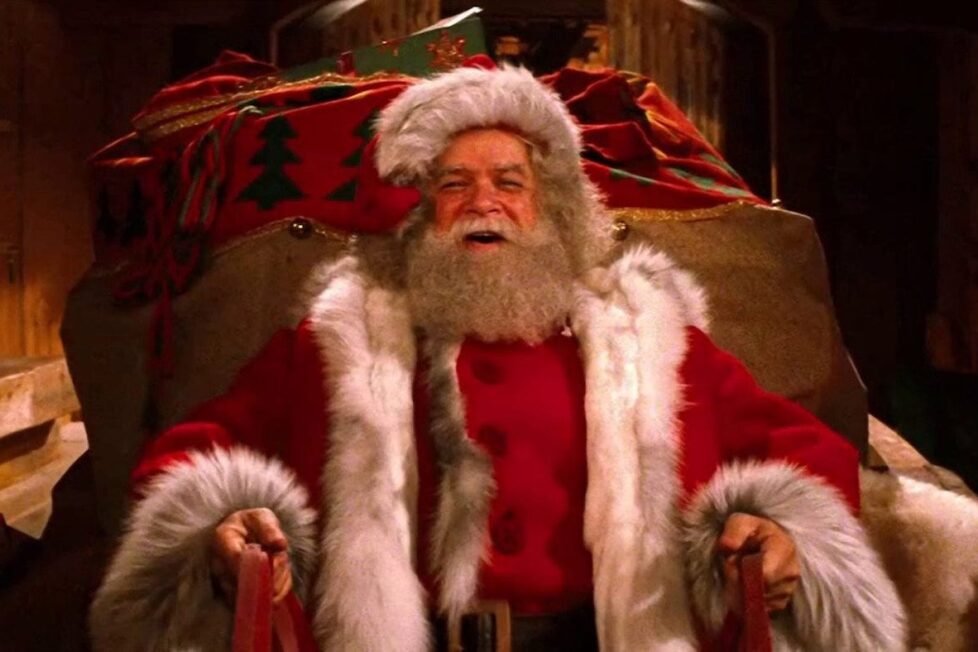
The legend of Santa Claus is put in jeopardy when an unscrupulous toy manufacturer attempts to take over Christmas.


Ilya Salkind, co-producer of the four Superman movies of the late-1970s and 1980s with his Hungarian father Alexander, sought to replicate the success of Superman: The Movie (1978) as the box office cooled on its sequels and spin-offs. So he tried his hand at another iconic character popular with children: Santa Claus.
The similarities between this and Richard Donner’s Superman are striking, not least because both share “The Movie” as an unnecessary suffix—-although at least with Superman it made sense to distinguish it from other media the character had appeared in. Superman and Santa are both larger-than-life heroes to kids, who like the colour red, can fly around the world at incredible speed, and live in the frozen north. The villain of Santa Claus: The Movie, unethical toy maker B.Z (John Lithgow), even has tyrannical Lex Luthor vibes. Speaking of whom, the film even ends with someone floating around in Earth’s orbit, as every Superman film once did, even if winking to camera is the last thing on that unfortunate person’s mind!
Salkind clearly thought the Santa Claus myth could be reimagined to give the character the same heroic appeal as Superman, so even hired Supergirl (1984) director Jeannot Szwarc to make it — albeit after John Carpenter (Halloween), Lewis Gilbert (Alfie), Robert Wise (The Haunting), and Guy Hamilton (Live and Let Die) all passed when their creative demands weren’t met.
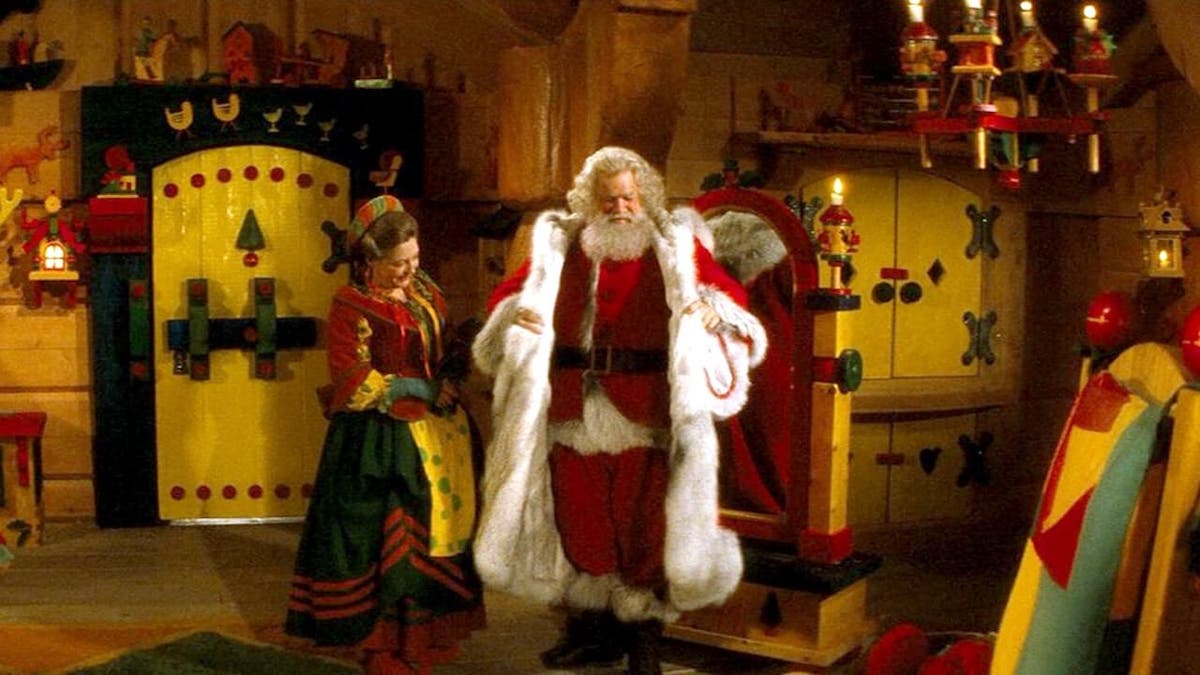
A disaster upon release, Santa Claus: The Movie grossed less than its $50M budget around the world, although it was relatively popular in the UK where it made $5M — perhaps due to the involvement of Dudley Moore? As a six-year-old boy when the film was released across Europe, I was surprised to learn in later life that it had bombed so badly. While not a great movie, it remains one of very few attempts to showcase the Santa Claus concept relatively straightforwardly and without putting a post-modern twist on it —like having an ordinary man slowly become Father Christmas through a weird bodily transformation, as with The Santa Clause (1994).
This version of the story, written by David Newman (another Superman alum, having co-written the first three films), begins in a surprisingly compelling manner, with a woodcutter called Claus (David Huddleston) and his wife Anya (Judy Cornwell) almost dying in a blizzard at the North Pole during the Middle Ages. Rescued by elves and taken to a magical workshop, where they’re told their arrival was prophesied and it’s their destiny to deliver the toys they manufacture to all the children of the world every Christmas Eve. Dubbed “Santa”, their own two reindeer and six others are fed magic powder to enable them to fly, and the origin story of Father Christmas has thus been told.
This first half-hour succeeds because of its purity and charm, with a picture-postcard workshop and a cosy feel to the North Pole environment and its elvish characters. It’s unrepentantly old-fashioned in showing elves marching to work, linking arms to dance merry jigs to quirky music, and all wearing primary-coloured garments with floppy hats.
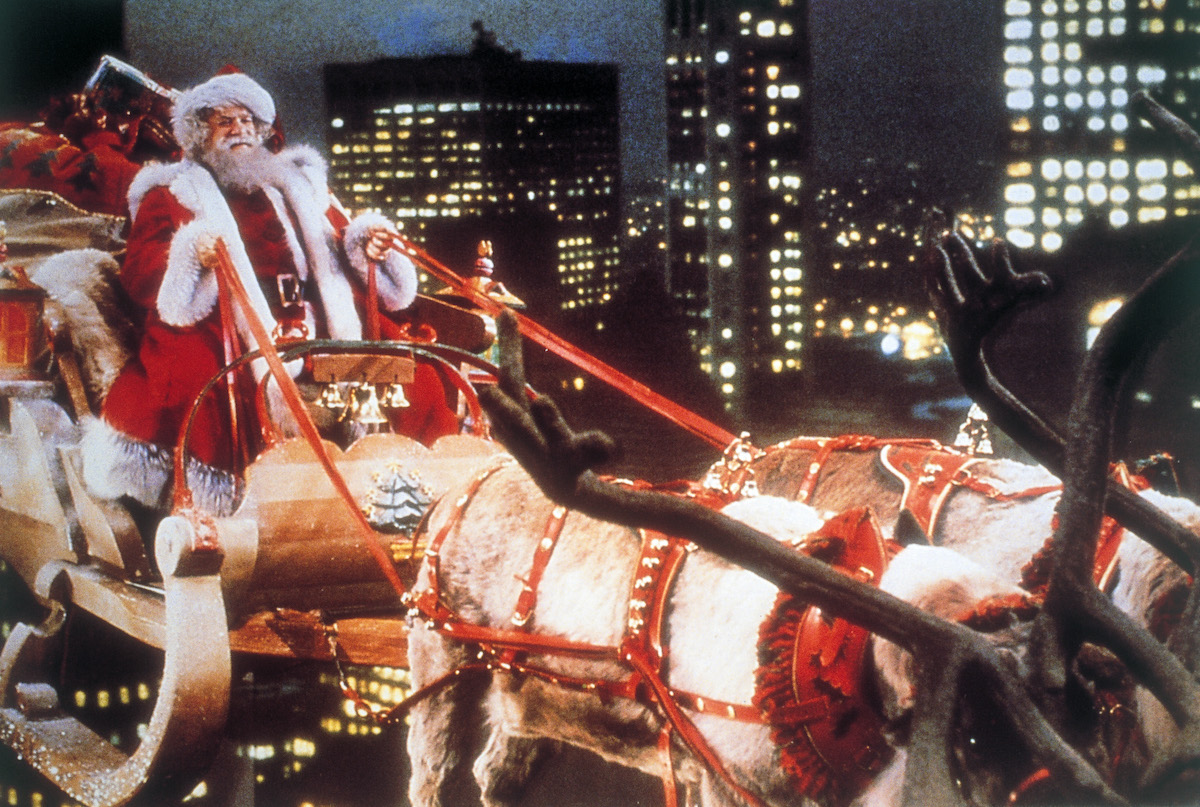
David Huddleston is also perfectly cast as Santa, even if his American accent is jarring, given that Santa Claus is a European figure. But maybe we all expect Santa to speak in our own accent. He should really be speaking Dutch? All you really need to play this part is a rotund physicality, a thick white beard, and a warm demeanour that communicates kindness without feeling saccharine. Huddleston has all of that.
The rest of Santa Claus: The Movie is where the real problems begin, especially after the first hour. It’s now the 1980s, and Santa’s operation, which has been running for centuries, is struggling to meet the demands of modern children. The charm of Santa is starting to buckle under the weight of the industrialised 20th-century and greater consumer demands, and he’s facing new competition from toy-making companies.
The film is set in a world where Santa is a well-known supernatural being assumed to have Christmas under something of a monopoly when it comes to gifting presents. It would have been interesting to see things from the perspective of ordinary people more often, as there’s unexplored territory in exactly how the reality of Santa would affect the real world.
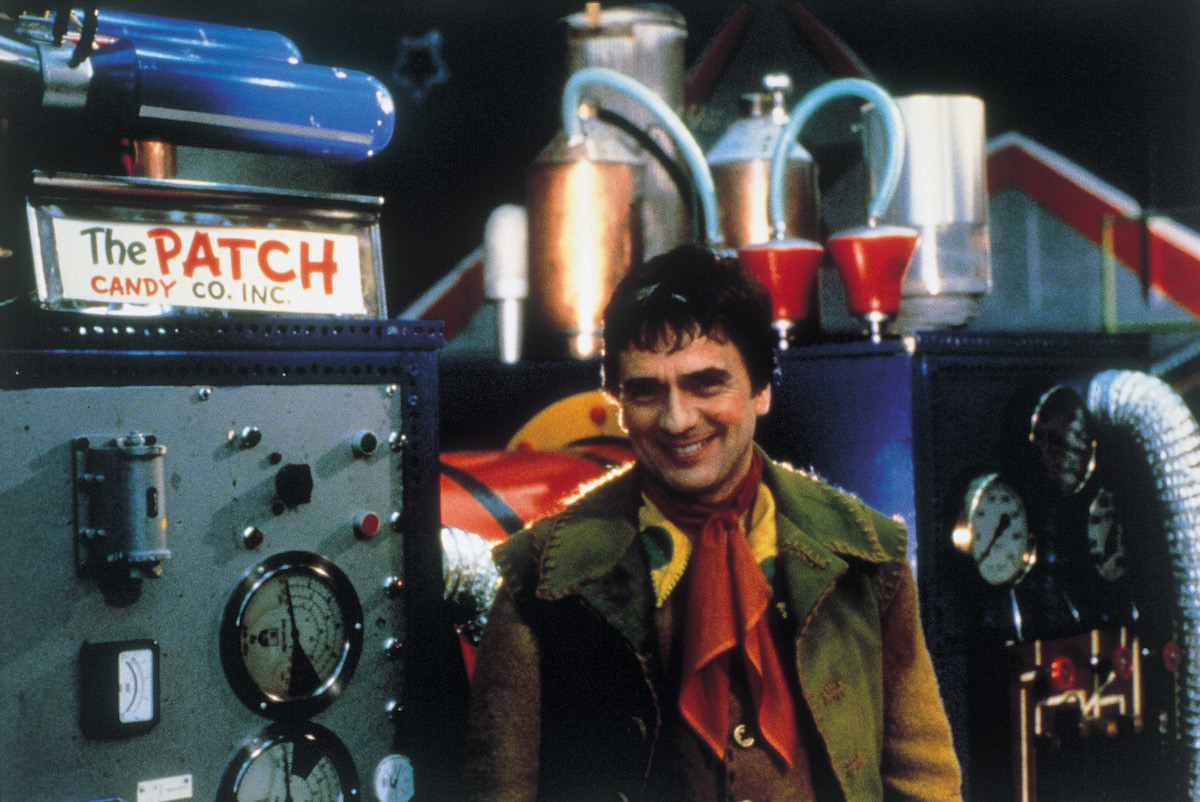
Eventually, Santa’s trusted elf Patch (Moore) —a prodigious inventor who was dreaming up central heating and bedside alarm clocks in the Middle Ages —fully automates the workshop to produce items faster to meet demand, but the quality suffers and Santa endures a terrible Christmas as broken toys are returned to him. Patch is duly removed from his elevated position as Santa’s Assistant, but makes the grave mistake of trying to redeem himself by leaving the North Pole and teaming up with B.Z., a New York toymaker he naively fails to notice is only interested in money. Hilariously, B.Z is introduced in a courtroom with clerks tearing apart some of his company’s defective teddy bears and tipping shards of broken glass out!
Oblivious to B.Z’s moral failings and legal woes, Patch uses the magic power that makes reindeer fly to produce free lollipops that have the same effect on kids and become a sensation the next Christmas, rehabilitating B.Z Toys in the eyes of the public.
The premise of juxtaposing Patch’s innocence with B.Z.’s cynicism sounds fun on paper, but it’s not utilised to its full potential. Elf (2003) explored a similar dynamic more successfully, using a culture clash set-up to depict a sheltered elf thrown into a world where nobody believes in Santa. In Santa Claus: The Movie, the premise falls flat because everyone believes in a bearded man delivering gifts in a single night on a flying sleigh. The only angle is that Patch is unaware he’s being manipulated by B.Z, but the script would have been stronger if it had made the simple change that nobody believes in Santa (even though this is equally silly, given the evidence presented in both films).
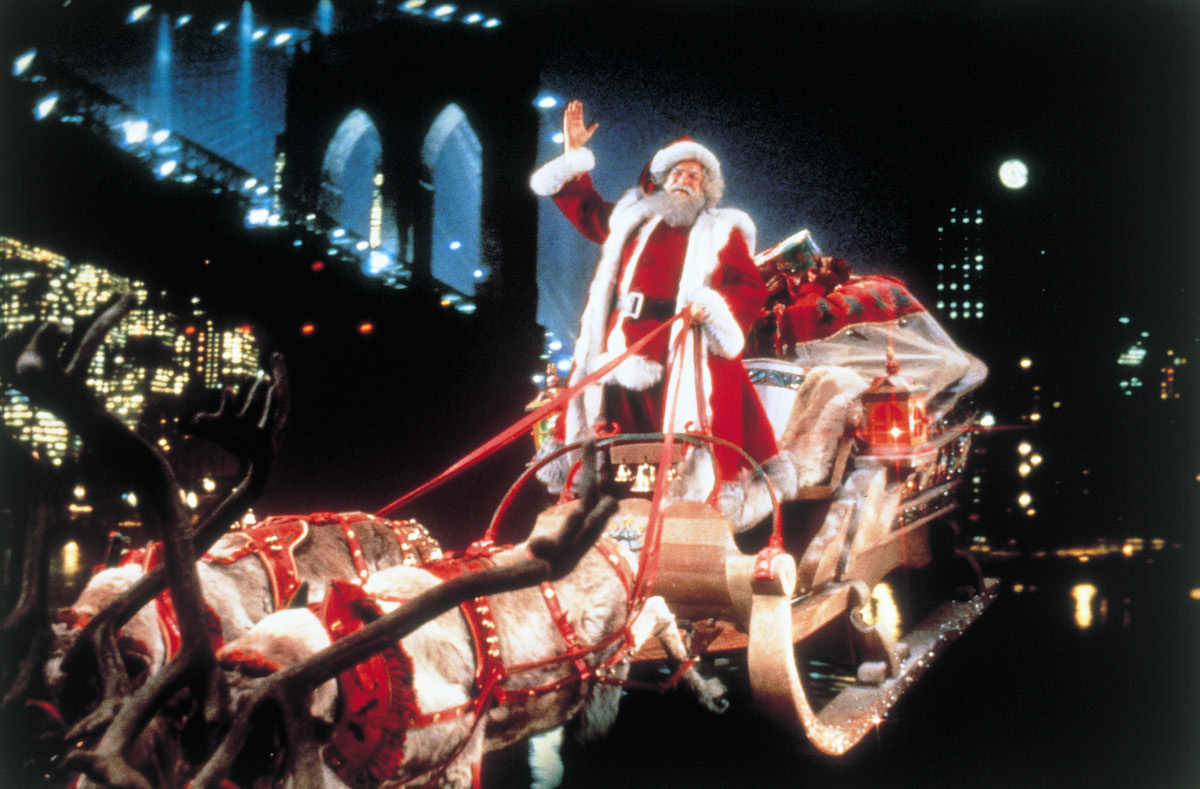
John Lithgow also goes for broke as corporate conman B.Z, chewing the scenery with a cigar-chomping performance that treats the movie like a colourful comic book. While he’s fun and injects a sense of anarchy into what’s otherwise been such a sweet movie — especially when plotting to launch “Christmas 2”—Lithgow’s frequency is so different from everyone else around him that it can feel misplaced. To make matters worse, he doesn’t even share a scene with Santa, so this decision undermines the very idea of him being the villain.
My memories of the film were somewhat dominated by B.Z and Patch’s machinations, but Huddleston does figure into the story more than I thought thanks to him befriending two orphan kids— homeless Joe (Christian L. Fitzpatrick), who grew up on the streets and think Santa’s just drunken men playing dress up to earn a few bucks, and rich Cornelia (Carrie Kei Heim), who takes a shine to Joe and feeds him scraps from her table. The child actors aren’t the greatest, to be fair, but having their connection with Santa is fun and provides a stronger attachment for younger people watching. They also become surrogate children for Santa and Anya, in a sense, which works nicely.
There’s undoubtedly a nostalgia to Santa Claus: The Movie that helps, if you’re over 30 and couldn’t avoid this most winters on television growing up in the ’80s and ‘90s. The films we saw as children often have an unshakable appeal to them, as this was the first live-action Santa Claus story I experienced — as the character was more commonly depicted in animated form. It has narrative problems and suffers from a climax that, especially today, feels too low-key and humdrum, but there’s something about it that still entertains me. There’s a purity to how it approaches the story and tells the Santa myth without making unnecessary changes, and even its groan-inducing moments (like Patch’s never-ending puns —“elf confidence”, “elf respect”, etc.) seem in the spirit of Christmas being a time for kitsch silliness.
UK • USA | 1985 | 107 MINUTES | 2.35:1 | COLOUR | ENGLISH

This restoration by Park Circus from the 35mm original camera negatives is a fine job and good enough to mean Santa Claus: The Movie is being re-released into cinemas this year. I’m curious how it’ll fare at the 2023 box office, compared to its frosty reception back in 1985! While not a transformative visual experience given the film’s age, the picture quality is clean and looks great. There’s a welcome boost to the colours and vibrancy of many scenes. The only disappointment is how the sound hasn’t been upgraded for the 21st-century, so there’s just a LPCM 2.0 stereo mix. It’s not the showiest of films when it comes to its music and sound design, but it’s a shame a 5.1 track wasn’t created to make better use of some sequences — like the blizzard, and Santa’s sleight whizzing through the sky.

director: Jeannot Szwarc.
writer: David Newman (story by David Newman & Leslie Newman).
starring: Dudley Moore, John Lithgow, David Huddleston, Judy Cornwell & Burgess Meredith.
